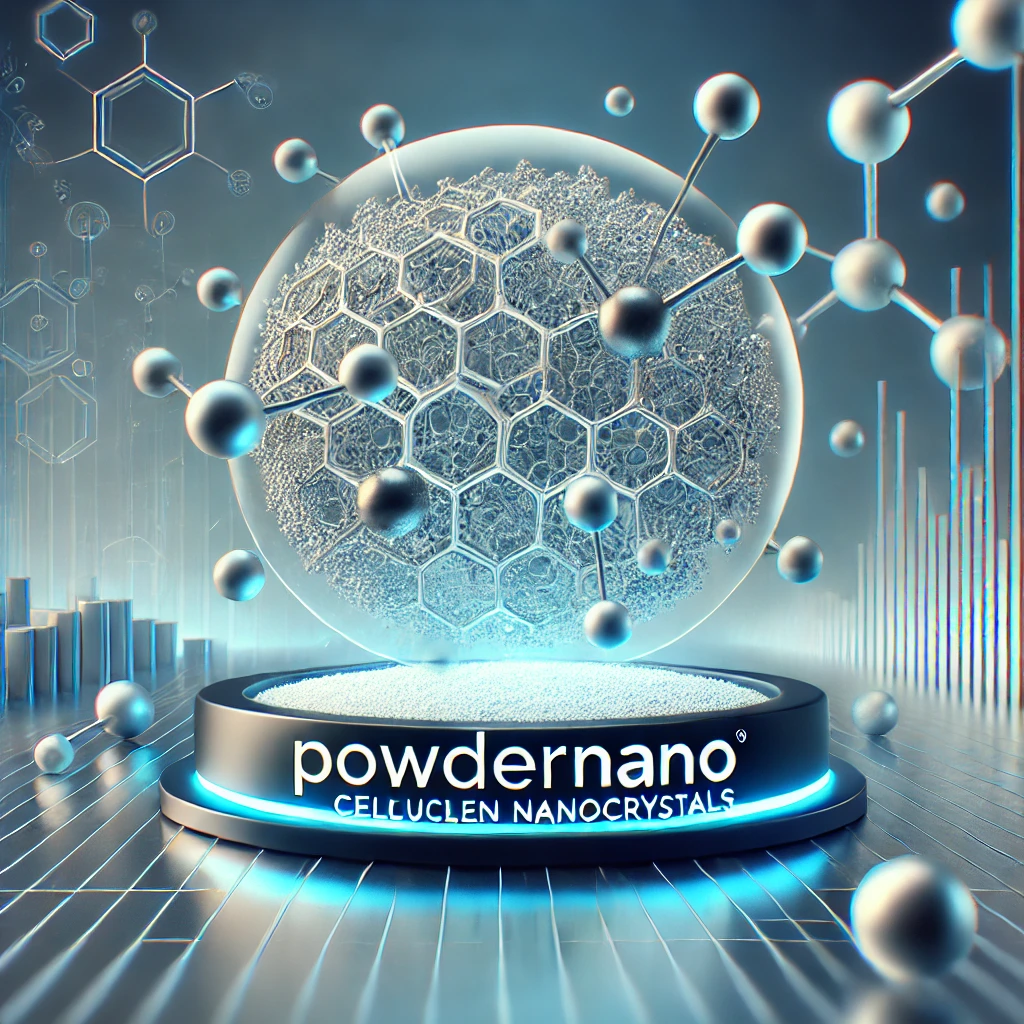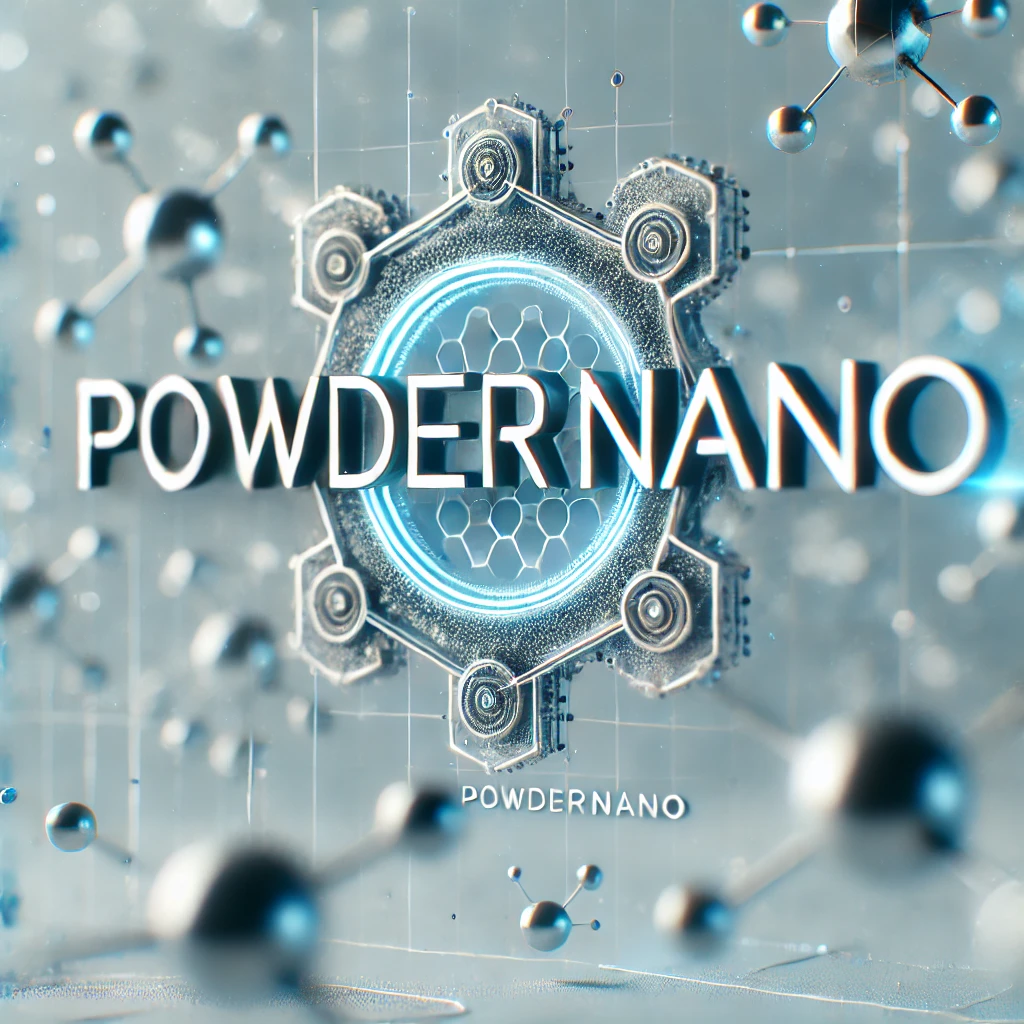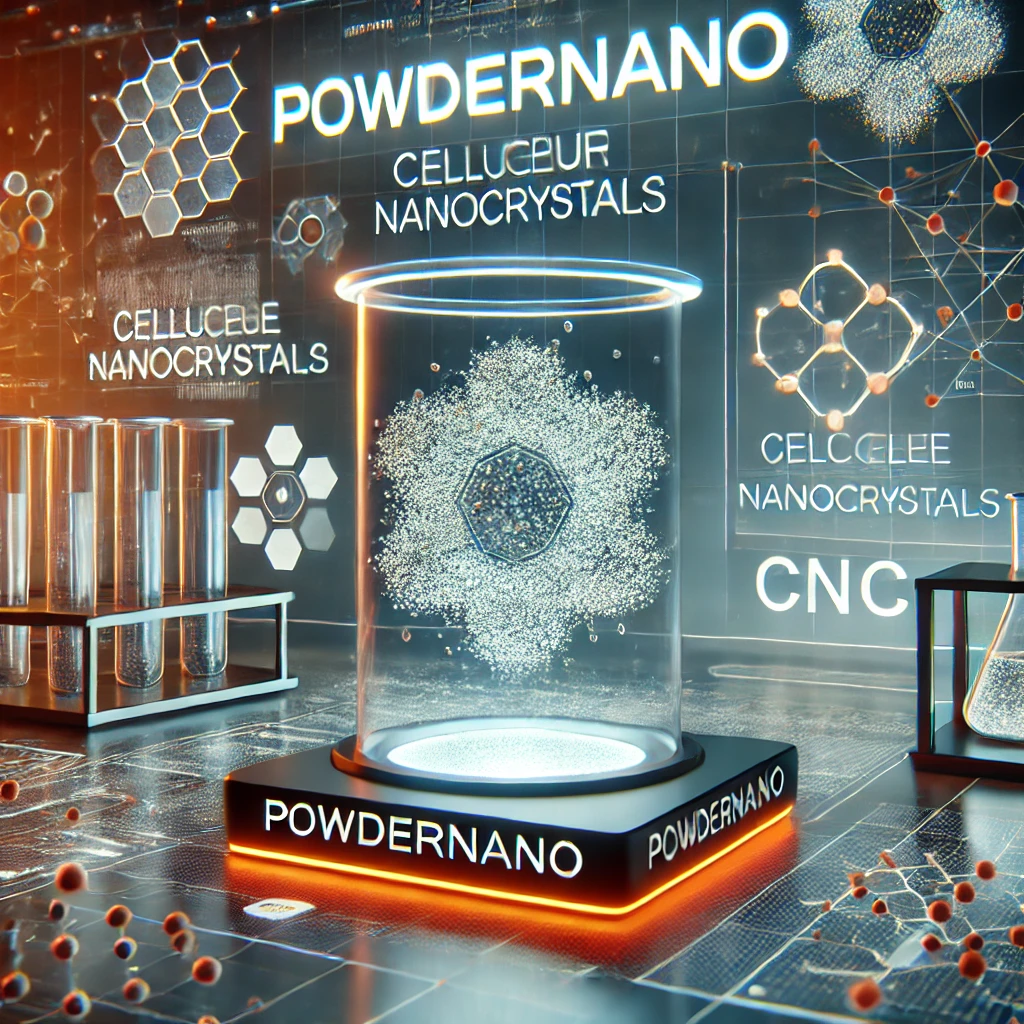Introduction
For centuries, wood pulp has been transformed into paper through traditional pulping processes. Today, cellulose nanofibers (CNFs) are revolutionizing material science, providing a sustainable and high-performance alternative to synthetic materials. Extracted from wood fibers through advanced mechanical and chemical processes, CNFs are incredibly lightweight, biodegradable, and possess eight times the tensile strength of steel. Their unique properties are unlocking new applications in biomedicine, packaging, filtration, electronics, and energy storage. As an innovator in nanocellulose materials, Powdernano is committed to advancing CNF technology for diverse industrial applications.
- What Are Cellulose Nanofibers?
1.1 Understanding CNF Composition
Cellulose nanofibers are derived from wood pulp and refined to the nanoscale level, measuring between 10-30 nanometers in width. Their ultra-small size results in an extremely high surface area, increasing mechanical strength, flexibility, and transparency. This makes CNFs suitable for various high-performance applications, particularly where biodegradability and sustainability are essential.
1.2 Why Are CNFs Gaining Popularity?
CNFs have gained significant attention due to their environmentally friendly and high-performance properties. Their advantages include:
- Sustainability: Sourced from renewable plant materials, CNFs offer an alternative to petroleum-based products.
- Strength-to-Weight Ratio: Comparable to Kevlar, they are ideal for lightweight composite applications.
- Biodegradability: Naturally decomposable, reducing long-term environmental impact.
- Thermal Stability: Withstands a variety of temperatures, making it useful across industries.
- High Surface Area: Enhances adsorption, filtration, and chemical modification potential.
- Transparency & Flexibility: Useful for coatings, electronics, and optical applications.
- How Are Cellulose Nanofibers Produced?
CNFs can be manufactured using various techniques, each tailored to different applications:
2.1 Mechanical Fibrillation
- Uses grinding, microfluidization, or homogenization to break down cellulose fibers.
- Produces highly fibrillated CNFs, suitable for reinforcement applications.
2.2 Chemical Processing
- Acid hydrolysis removes amorphous regions, yielding highly crystalline nanocellulose (CNCs).
- Involves sulfuric acid or ionic liquids for precise control over fiber dimensions.
2.3 Electrospinning
- A highly advanced method that applies high voltage to cellulose solutions, producing continuous nanofiber mats.
- Allows for precise control over fiber diameter, porosity, and mechanical properties.
- Emerging as the preferred industrial-scale CNF production method.
2.4 Sustainable Extraction Methods
- Ionic liquids and green solvents dissolve cellulose without derivatization.
- Electrochemical techniques disintegrate cellulose into uniform nanofibers with minimal waste.
Among these, electrospinning is particularly promising due to its ability to produce scalable, functional, and customizable CNFs.
- The Advantages of Electrospun CNFs
Electrospinning stands out as a cutting-edge method for manufacturing CNFs due to its precision and versatility. Key benefits include:
- Tailored Fiber Morphology: Adjusting voltage, flow rate, and collection distance allows control over fiber thickness, porosity, and strength.
- High Porosity and Surface Area: Enhances filtration, drug delivery, and energy storage capabilities.
- Functionalization Possibilities: CNFs can be embedded with antimicrobial agents, conductive particles, and hydrophobic coatings.
- Eco-Friendly Production: When combined with biodegradable cellulose, electrospinning minimizes environmental impact.
- Scalability: Advances in multi-jet and free-surface electrospinning are enabling large-scale manufacturing.
- Applications of Cellulose Nanofibers
4.1 Packaging & Paper Industry
- Reinforces fiber bonding in paper products.
- Enhances moisture and oxygen barrier properties in food packaging.
- Enables the development of biodegradable plastic films for sustainable packaging.
4.2 Biomedical Uses
- CNF-based wound dressings promote moisture retention and healing.
- Used in bone tissue engineering to support osteoblast growth and regeneration.
- Acts as a carrier for controlled drug release systems.
4.3 Energy Storage & Electronics
- CNFs are integrated into supercapacitors and lithium-ion battery separators.
- Serves as a biodegradable alternative to traditional electronic substrates.
- Applied in conductive coatings for next-generation flexible electronics.
4.4 Filtration & Water Purification
- Electrospun CNFs offer high-efficiency air and water filtration, removing submicron contaminants.
- Functionalized CNFs target heavy metals and pollutants in water treatment.
4.5 Automotive & Aerospace
- CNFs are explored for lightweight composite materials to improve fuel efficiency.
- Enhances mechanical strength of auto parts and structural reinforcements.
- Future Trends and Challenges
5.1 Market Growth and Industrial Adoption
The demand for CNFs is growing exponentially, with strong interest from packaging, healthcare, and automotive industries. Innovations in mass production and functionalization will further accelerate its adoption.
- Japan leads in CNF commercialization, incorporating it into consumer goods, electronics, and industrial applications.
- The U.S. and Europe are investing in bio-based materials, aligning with sustainability initiatives.
5.2 Production Challenges
- High costs of CNF extraction and processing remain a concern.
- Solvent use and scalability issues in electrospinning are areas of ongoing research.
- Further advancements in green solvents and enzymatic treatments will drive sustainable production.
- The Role of Powdernano in CNF Advancements
As an industry leader, Powdernano is dedicated to developing innovative cellulose nanofiber solutions that address industrial and environmental challenges. Through research and collaboration, Powdernano is committed to providing high-quality CNFs for applications ranging from biodegradable packaging to next-generation electronics.
Conclusion
Cellulose nanofibers represent a breakthrough in materials science, offering strength, sustainability, and versatility across multiple industries. As research advances and production techniques evolve, CNFs are set to become an essential component of the circular economy, replacing petroleum-based materials with eco-friendly alternatives.
With companies like Powdernano at the forefront, the future of CNFs is bright, bringing us closer to a world where biodegradable, high-performance materials drive innovation across industries
https://powdernano.com/product/cellulose-nanocrystal-nanocrystalline-cellulosecnc/










